|
Advertisement
|
Lien Poh
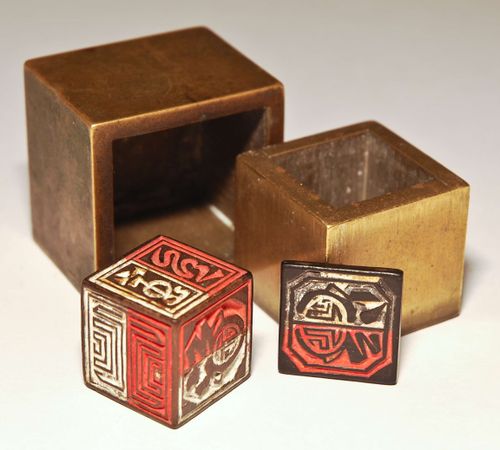
DescriptionThis is a Hokkien gambling game played in South-east Asia. Lien Poh literally translates as 'turning treasure'. The cube is the Poh or 'treasure' and the metal box is the Poh Kam or 'treasure cover'. Most Poh have the same face on all sides, with the functional part being the red and white colouring/marking. The red portion is a stylized Chinese character, Tong, and the white portion is another character, Ying. However, there are examples where the design is completely abstract and sides may have different designs. There are known instances where the characters are ? and ? (bao and tong). In order to play the game, a betting diagram is roughly drawn on paper - a square sheet is divided into four triangular areas by two diagonal lines. Punters bet on which area the red side will end up facing. The person operating the game puts the Poh into the Poh Kam, leaving a bit of room for the Poh to be rattled around inside. It then settles into the smaller part of the metal container and the Poh Kam is closed all the way. The whole block is then spun. When it comes to rest, the block is placed in the centre of the diagram so that each side lines up with one of the 4 areas. The cover is lifted and the red side will be facing one of the 4 areas - punters who bet in that area win their bet. The game is described in C.T. Dobree's book, Gambling Games of Malaya (q.v.) and it mentions that the name of the game in Kelantan is 'Ewok'. There's also a description of how operators of the game could cheat at it. The game is also described in Stewart Culin's book "Chinese Games with Dice and Dominoes" on pages 507-508. He writes: The po tsz', or covered die, is not, properly, a die game at all. It consists of a small wooden cube, which is placed in a square receptacle in the top of a brass prism, over which a brass cover fits very closely. A specimen exhibited by His Highness, the Sultan of Johore in the section of games at the Columbian Exposition consisted of a wooden cube about one-half an inch square, having one-half of each face painted red and one-half white. The prism in which the cube fitted was slightly convex on the bottom, and, when placed upon a smooth surface, could be twirled rapidly. The game is played by placing the box containing the po in the center of a square crossed by diagonal lines, which is drawn upon a mat. One of the four divisions of the square is painted red. One of the four divisions of the square is painted red. The players lay their bets upon the other divisions and the box is spun rapidly by the gamekeeper, who repeats the operation until it comes to rest squarely with the corners corresponding with the indersecting lines. The cover is then lifted, and those who have staked opposite the red side of the die win. The banker wins when the red side comes opposite the side of the square painted red. There is said to be a current notion, amounting to a superstition among the Chinese in Johore, that if a player stops the box as it is spinning the luck will surely go against him. Another specimen in the Sultan's collection, called at Johore, kong poh (Chinese t'ung po), "current treasure," furnishes an explanation of the name po. It consists of a wooden die, with a face 1 3/8 inches square, and three-forths inch thick, which fits into a brass box with a broad base. A wooden cover fits over the box. This die is not spun, but is concealed in a bag which accompanies it, and there adjusted by the gamekeeper. The face of the wooden die is carved with the characters t'ung po, on one side in the ordinary, and on the reverse in seal characters, the character t'ung being painted red, and po white. The inscription t'ung po "current treasure," occurs on the face of all modern Chinese coins, and the common name of the game is evidently derived from the character po, which occurs on this block. It should be noted that when Culin refers to "po tsz'" he most likely means "tóu zi" (??) which is usually translated as just "dice" and not "covered die." When he refers to the die with the characters "t'ung po" written upon it, he is refering to t?ng b?o (??) which means "open treasure" not "current treasure." Game DiscussionsAdd CommentYou need to be logged in to comment. Insert Bullet List Please enter at least one item. Item: Item: Item: Item: Item: Insert Numeric List Please enter at least one item. Item: Item: Item: Item: Item: Insert Link Please enter the link of the website Optionally you can add display text Insert Email Please enter the email address Optionally add any display text Insert Image Please enter the link of the image Insert YouTube Video Please enter the link of the video MarketplaceNo listings at the moment. Do you own this game? Click here to list it for sale.
|
Best Sellers
Board Games
|
||||
Latest Searches: iron dragon | dongens and dragons | Statesboro monopoly | Drunkopoly | factory funa0 | yolo | Spanish Taboo | help | palystation 5 | Wyoming | abalone replacement marbles | Perry mason game | Trivial pursuit country music | Martin trivia cards | Beauty and the beast monopoly | stephen king monopoly | fungi | temple+texa | blacj | cheech and chongopoly board game | lift it | St.+Bernard+parish | kaos ball | ragdol+ball | file:///etc/passwd | outsmart game | STEAL ART | Specter | Rummikum | cart
All Rights Reserved


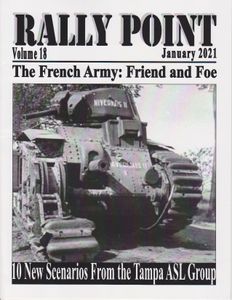
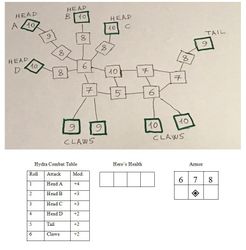

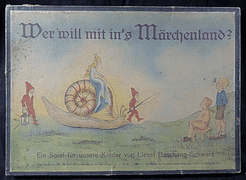
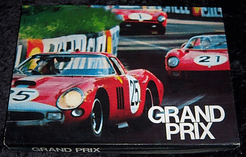
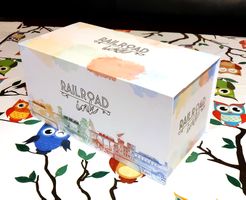
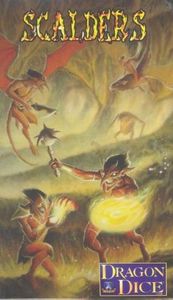


Comments (0)